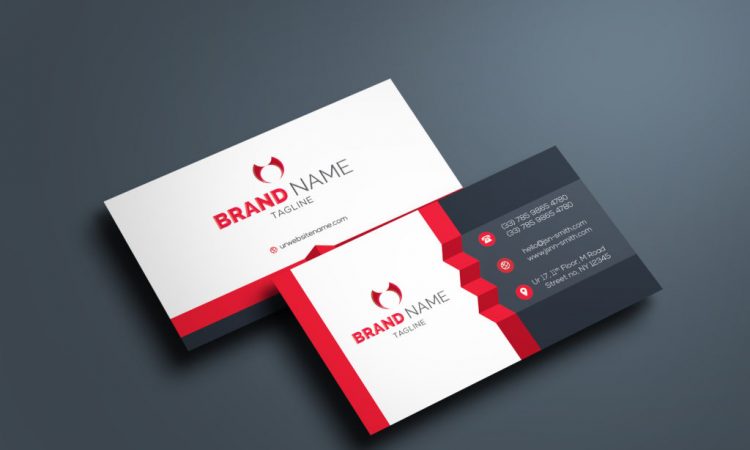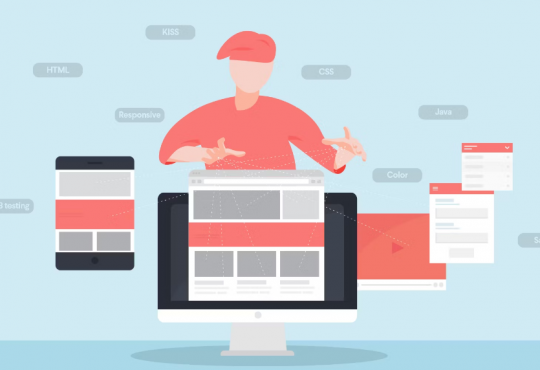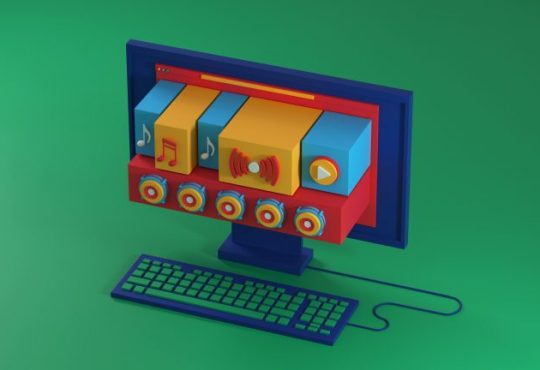
A business card is a way to introduce you to clients and potential customers. To design one, it’s important to understand how to incorporate a logo and other design elements into your business card. You should also keep it simple and maintain legibility. Adding a picture or video can help you stand out, but keep the borders around it as narrow as possible.
There are a lot of things you can put on a business card. But one of the most important is your contact information. This includes your name, company, and other relevant information.
Purpose of Business Card
However, it’s a good idea to keep the contact details to a minimum. The purpose of a business card is to give your prospective clients an opportunity to get to know Vistaprint UK Voucher, so putting in too much info will hinder your chances of landing a new client.
While you are at it, you should also include a website. You should include a URL for your blog, digital portfolio, and social media profiles. If you haven’t already done so, make sure to make a website a priority, especially if you are a new business.
QR Codes
You should also consider using QR codes. Although they aren’t exactly a necessity, QR codes are a cool way to keep track of your cards. Plus, they are easy to read and add a fun, interactive element to your card.
Best Contact Information on your Business Card
You should consider including the best contact information on your business card. That means only including the most direct ways to contact you. One of the best options is to include your email address. It’s no secret that many consumers prefer to get in touch with you via email. Using an email address is not a requirement, but it can be a helpful addition.
Memorable Image
Adding a logo to your business card can help you create a more memorable image. Your logo represents your company, and is the first thing that people see when they think of your business.
When creating your own business card, it is important to design your card in a way that makes it easy for customers to read. In addition, you should include your company’s name, address, email, and phone number.
Brick-&-Mortar Storefront
If you are a company that has a brick-and-mortar storefront, you may want to include your mailing address on your business card. This will give potential clients the opportunity to visit your store.
Your card’s design should also leave space for each element, including your logo and company name. This allows you to ensure that each element has room to breathe.
Depending on how big your card is, you may want to include a second side. You can do this by adding an additional piece of text to the back of your card. Some companies opt to have the same design for both sides. Other businesses use a different color scheme on the back.
Social Media Profiles
In addition to adding a logo, you can include your website, social media profiles, and other information. Using these features can keep you in contact with your customers and help you stay up to date with new information.
You can also add pictures to your business card. It is best to select images that are distinct and large enough for the viewer to notice.
Staple of the New Economy
Adding a picture or video to your business card has become a staple of the new economy. In fact, you may have a hard time finding a business that doesn’t. And it’s no wonder. With the exception of the actual physical cards themselves, it’s a whole lot easier to store a digital copy of your important documents than it is to store them in your wallet. Similarly, it’s easy to share a few snaps on the fly. Plus, you can re-pin the latest and greatest to your favorite social networking sites. After all, if you have a Facebook page you can bet your hat that people are more likely to be snooping around on your wall than they are to rummage in your desk drawer.
So, how do you go about it? Well, you can pay a graphic designer to whip you up a custom design in a few clicks, or you can opt to go the cheap route and buy a pack of generics. If you’re in a pinch, however, you can always download a free template from a website like Canva.
Business Card Design
If you have ever created a business card design, you might have noticed that borders can make or break the whole thing. Borders are an excellent way to frame your design, but they can also distract from your key details. When a border is placed too close to the edge of a business card, you run the risk of cutting the edge of your design, creating a lopsided look.
Edges of Design
Fortunately, there are some things you can do to prevent your borders from having a negative impact. For one, it’s important to keep your borders at least 1/8 inch away from the edges of your design. This will prevent the border from trimming off the wrong edge.
The next thing you need to do is to make sure your bleed is correct. Most printers will require your design file to include a bleed. Your bleed is the additional 1/8 inches of space that is added to the total dimensions of the design. It’s also important to note that this extra area will be cut off during the printing process.
You might be wondering why you need to add a bleed. A bleed is an extra area of your design that runs over the trim edge of your business card.
This area is also called the “safe zone” of your design. This includes the 3.25 x 1.75-inch area of the business card, plus another 0.5-inch bleed.
If you’re planning on using your card for business, it makes sense to include a few esoteric tricks of the trade. For example, a well-executed bleed is a good way to make your card stand out from the rest. You can also shave a couple of bucks by ordering multiple cards at once.
Most Powerful Marketing Tools
A business card is one of the most powerful marketing tools your company has at its disposal. The best way to ensure that you get the most bang for your buck is to use the right colors in the right places. And don’t forget to include a bit of white space.
One of the best ways to do this is to use the right fonts. The best ones are Courier, Georgia, and Helvetica. Also, avoid fonts that are hard to read. Make sure the font is big and bold enough to be readable without being overbearing.
Nifty-Looking Device
You’ll also want to use a nifty-looking device. You can go all out by choosing an embossed sleeve, but don’t let that override the best quality material. Embossed cards will make a statement, but you don’t want your message to be muted by a drab cover. Likewise, a sleeve that’s too thick will make your card look cheap. There are plenty of options out there, from paper to plastic to metal.
When it comes to picking the best suited card for your needs, be sure to follow these tips and you’ll be armed and ready to impress.
Keeping legibility when designing a business card is a critical consideration. Without it, your marketing efforts may fail. In fact, a design without it could be a deterrent to potential customers.
Combination of Contrast & Colors
Legibility, or readability, is the arrangement and placement of fonts. Using a combination of contrast and colors, you can make sure your text is easy to read.
You can also use white ink on your card to create a solid design against a clear background. This can add a personal touch, especially for solopreneurs.
A great way to achieve this is to include a photograph. A picture of you can remind a prospective client of what you do and help you build trust.
Solid Call-to-Action
There are several other elements to consider when creating your card. Besides a solid call-to-action, you should also include an email address and physical address. Adding a QR code can also allow you to connect with a website.
The logo on your card is an important feature. It helps you create a brand identity. However, you should ensure that it does not take up too much space.
Final Words:
While it is tempting to use a bold design, remember that your text must be legible. The right type of font, along with a good balance of color, will help you achieve this.
Another important aspect of business cards is their size. Using a quality heavyweight card stock can give you a professional look.








